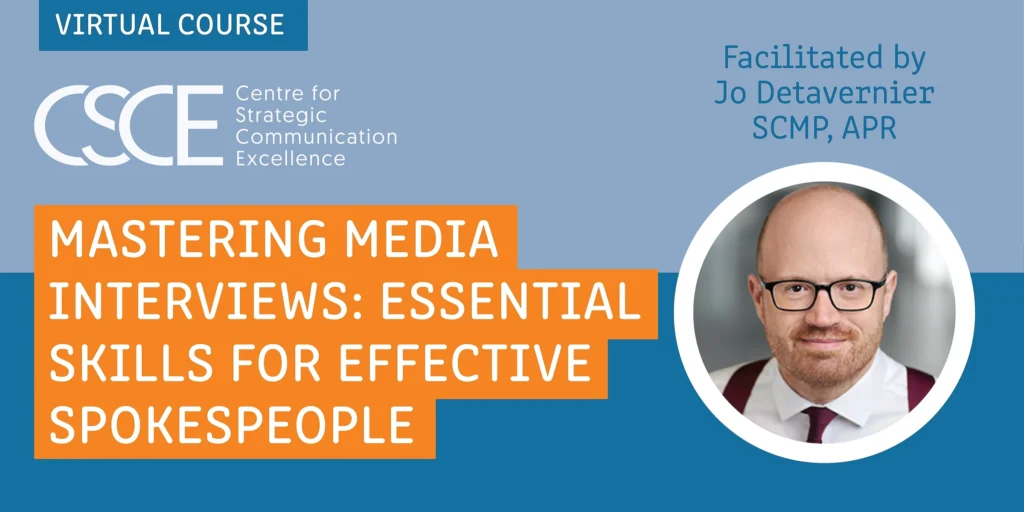Technology swirls all around us. New platforms, apps, efficient-sounding female voices from boxes in the corner.
In a world of online everything, the oldest communication form remains as relevant as ever.
Let’s turn to the world of retail, where the industry is reeling from an ever-changing landscape. We’ve all heard about stores closing locations, particularly in the US, where it’s estimated that more than 6,000 stores closed last year. (Women’s Wear Daily, January 5, 2018)
At the same time, online retailers are opening their first bricks-and-mortar locations despite robust sales on their e-commerce sites. Everlane, Warby Parker, and vintage re-seller The Real Real are among those who have moved from the virtual world to the real world.
What gives?
It seems that everyone is trying to figure out the sweet spot between traditional and online methods. In communications, the debate centers around the best methods to reach people. Is traditional PR still effective? What about boosted posts on social media? Do billboards work, or must everything be a pop-up on a screen?
What can we learn from the upheaval in the retail sector as it relates to successful communication?
It’s tempting to push everything out through digital means. Sometimes our clients or bosses press us to use the latest digital platforms under the misguided assumption that it’s the best way to communicate. It may or may not be, depending on context.
But so much is lost without the personal interaction that comes from face-to-face communication.
Our agency does a lot of work with public engagement, and over the years, we have used hi-tech and low-tech methods. But the one constant in our toolbox has been face-to-face communication. There’s a level of trust and respect that comes from meeting someone to discuss their questions and concerns. From looking someone in the eye to reassure them, express empathy, understand significance.
Researchers at Beijing Normal University identified key differences between face-to-face and other methods of communication.
“The results showed a significant increase in the neural synchronization in the left inferior frontal cortex during a face-to-face dialog between partners but none during a back-to-back dialog, a face-to-face monologue, or a back-to-back monologue. Moreover, the neural synchronization between partners during the face-to-face dialog resulted primarily from the direct interactions between the partners, including multimodal sensory information integration and turn-taking behavior.”
What this says is that there is a synchronization that takes place between two people when speaking face-to-face, and that synchronization is enhanced by gestures, body language, tone of voice, facial expression; as well as each person taking turns speaking.
In our experience, the ability to take turns while discussing a topic is a key to improving understanding; something that is not easily done through electronic means. We have all been on those awkward conference calls where two people attempt to speak at once, then no one speaks, then it repeats. The visual cues of when to speak, and how to build on another person’s comments, are lost. This is why I believe email is one of the worst forms of communication when a two-way dialogue is needed.
However, face-to-face communication allows the participants to adjust on the fly, based on those non-verbal cues that can only be observed through in-person discussions. (Those who argue video conferencing provides a digital in-person simulation must admit that shaky connections, the number of people participating, camera quality and more can impact the experience.)
How information is conveyed and interpreted, though, is most impacted by tone of voice. Various research studies have shown that tone can affect personal relationships, how brands are perceived, and more. For example, consider the differences in emphasis in the following, and the changes they make in interpretation:
- I can’t believe it. (Disbelief, possibly disappointment or negative reaction)
- I can’t believe it. (Disbelief, but possibly with joy or positive reaction)
You can see the limitations of text in truly conveying whether this is a negative or positive statement.
Of course, we are aware that verbal communication has the lowest retention rate of all forms of communication. How many times have you tried to relate a story you heard on the radio, say, only to have to paraphrase because you couldn’t recall it exactly. Ever played the “telephone game” where a statement is whispered to the first person in a circle, and by the time it gets all the way around, the statement has changed completely.
Following up in writing after a verbal discussion can be very useful to reinforce the decisions made or the actions agreed upon. This will aid in recall and allows the recipients to check the facts again if needed. However, how you make the audience feel with your spoken words will be remembered long after.
This combination, then, provides a highly effective way to transfer information. Speak directly with your audience, mindful of your tone, body language and non-verbal cues. Follow up with facts in plain language to help the audience recall, correctly, what you said. And, offer both verbal and digital ways for people to contact you afterward with questions.
Five tips to great verbal communication:
- Be thoughtful and purposeful with your tone, language and non-verbal cues.
- Be empathetic when listening to others.
- Use active listening techniques to enhance understanding.
- Provide plain language handouts to reinforce your messages.
- Give people easy ways (verbal and written) to contact you with further questions or comments.





